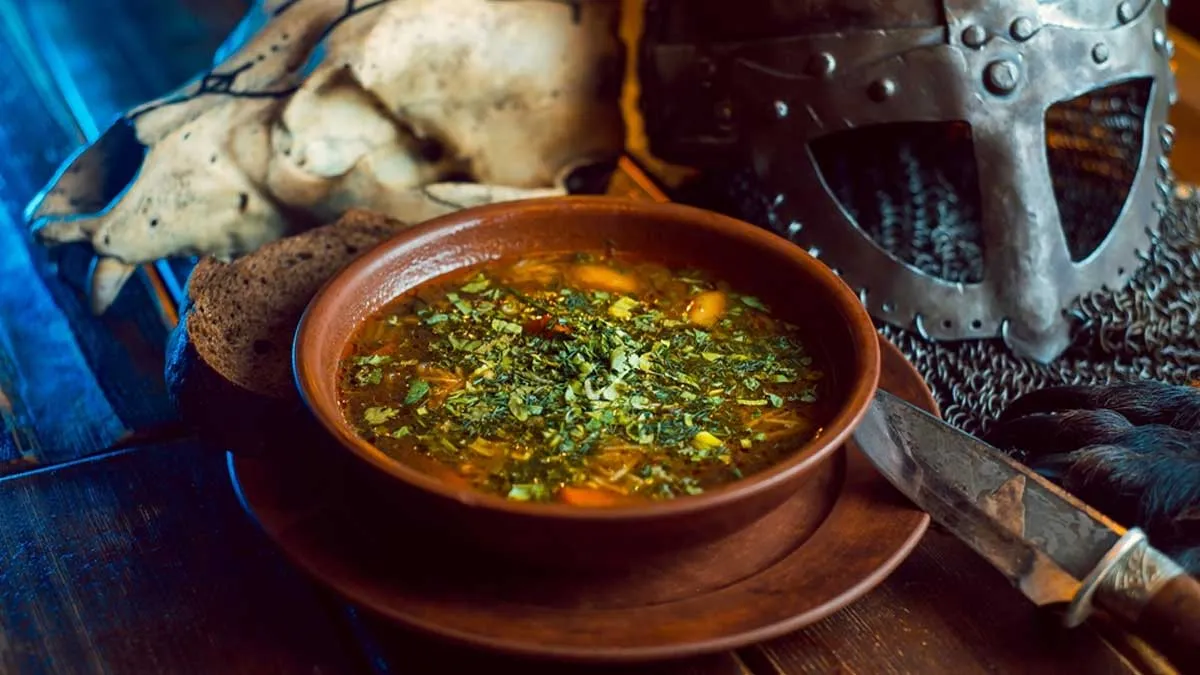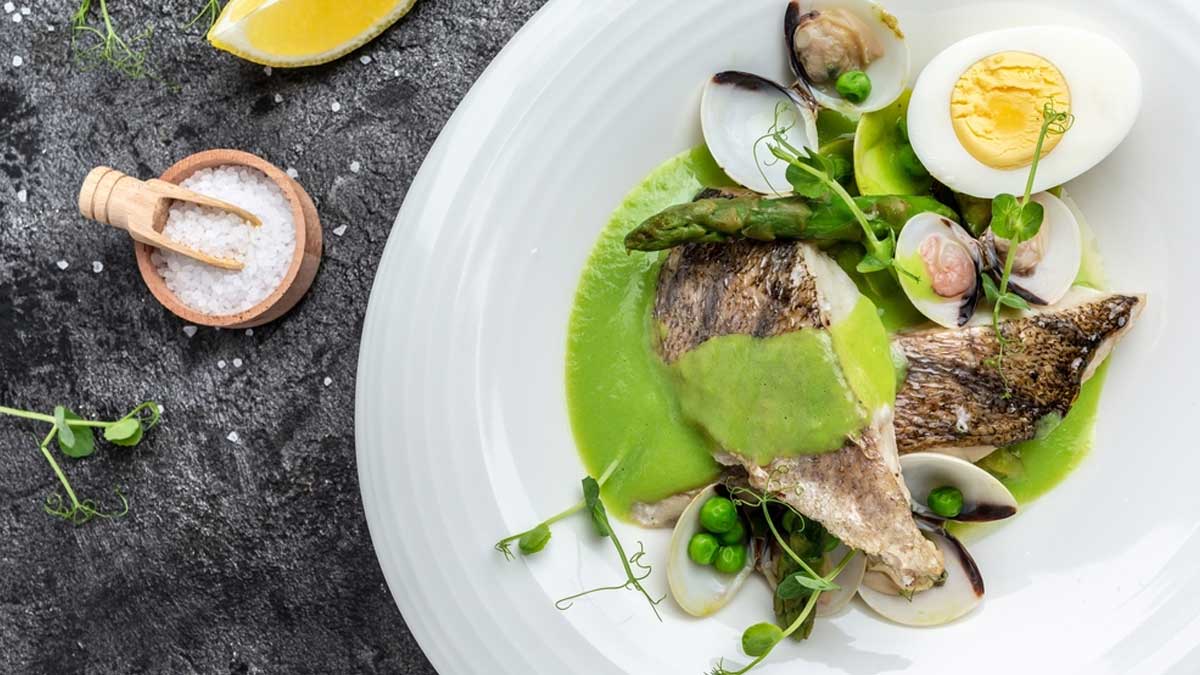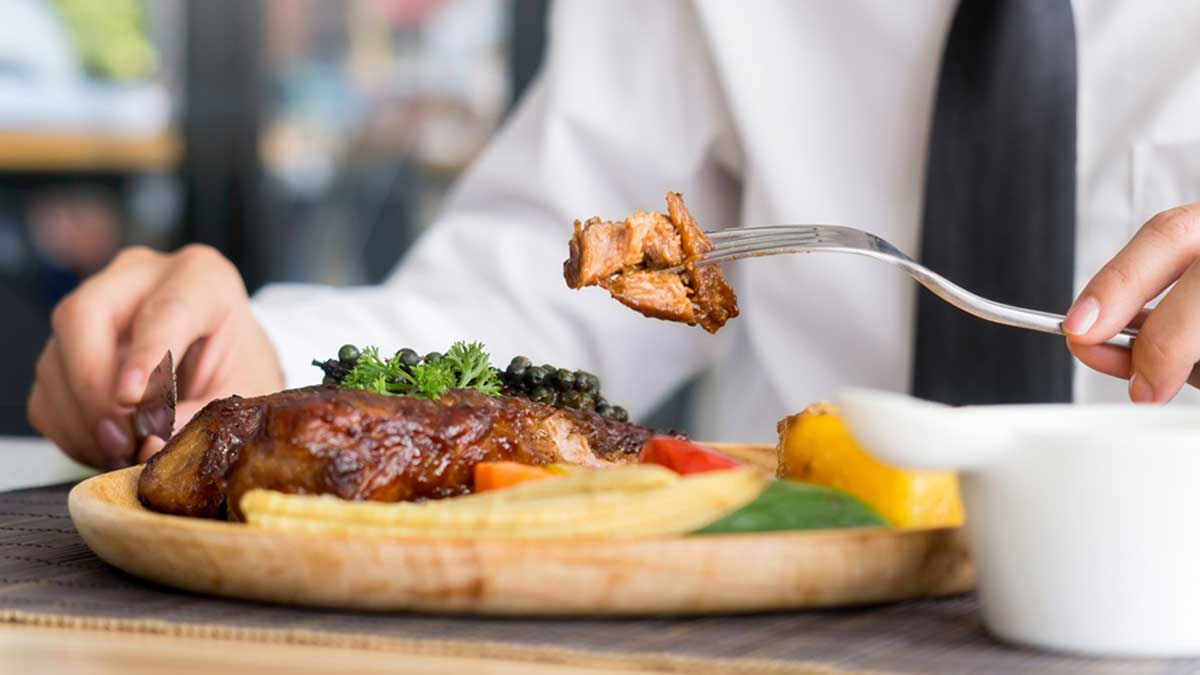
Vikings were seafaring warriors, traders, and explorers from Scandinavia – present-day Norway, Sweden, and Denmark – between the 8th and 11th centuries. While people today remember them for their fierce ways of living and epic raids, their diet seems to have gained a lot of popularity too. The Viking diet, also known as the Nordic diet, has recently made a comeback, building curiosity among those who are yet to try it.
Table of Content:-
Read on to know everything about the Viking diet and why, sometimes, it may not be the best for your body.
Also Read: Nordic Diet: Effective In Reducing The Risk Of Diabetes And Stroke
What Is The Viking Diet?

Edwina Raj, Head of Services - Clinical Nutrition and Dietetics, Aster CMI Hospital, Bengaluru, describes the Viking diet as inspired by the traditional eating habits of people in Nordic countries like Norway, Sweden, and Denmark, focusing on fresh, seasonal, and locally sourced foods.
"It emphasises whole grains such as rye, buckwheat, oats, and barley; plenty of root vegetables, berries, and leafy greens; along with fatty fish like salmon, shark, and herring rich in omega-3s," she shares, adding that meat is eaten in moderation, which is boiled or fermented rather than fried, usually from free-range animals, and meals are often cooked slowly for flavour and nutrition.
Foods That Are Included In A Viking Diet
If you’re wondering what the Vikings ate, then, here’s a list of staple foods incorporated into their daily diet:
- Whole grains like rye bread, oats, and barley
- Fatty fish such as salmon, mackerel, and herring
- Meat, lamb, and pork
- Fresh, seasonal vegetables like cabbage, carrots, turnips, and beets
- Wild berries such as blueberries and cloudberries
- Dairy products like cheese, yoghurt, and buttermilk
- Healthy fats from rapeseed oil and nuts
- Honey served as the main sweetener
Meals were prepared simply, often stewed, roasted, or boiled, to preserve flavour and nutrition naturally.
Is The Viking Diet Healthy And Safe?

According to Raj, the Viking diet is considered healthy, as it’s based on fresh, whole, and minimally processed foods with prebiotic and probiotic sources that naturally support good health. "Rich in omega-3 fatty acids from fish, fibre from whole grains, and antioxidants from berries and vegetables, it promotes heart health, better digestion, and balanced energy levels," she says.
A study published in the Food and Nutrition Research looked at what people actually eat on a healthy Nordic diet — a way of eating based on traditional foods from Nordic countries — and compared it to both Swedish dietary habits and official Nordic nutrition recommendations. Over six weeks, 44 adults followed the Nordic diet, which included more plant-based foods, fish, eggs, and healthy vegetable fats, and less meat, dairy, sweets, and alcohol. Cereal and seed intake stayed about the same. The Nordic diet provided a good balance of protein, fat, and carbs, with all vitamins and minerals above recommended levels and sodium lower than the advised limit.
Overall, the Nordic diet was shown to be a balanced, mostly plant-based eating pattern linked to better health outcomes, including lower risk of disease.
Also Read: What Is Nordic Diet? Know Everything About It From A Nutritionist
What Are The Risks Of The Viking Diet?

While Raj suggests that the focus on lean proteins and healthy fats in a Nordic or Viking diet helps with weight management and reduces the risk of chronic diseases, studies also point to potential health risks like intestinal worms and parasites, which may have consumed toxic herbs.
“One downside of the Viking diet is that it can be high in animal protein and fats if not balanced with enough vegetables and whole grains, which should be verified with a qualified dietitian if you are suffering from certain heart, liver, or kidney-related conditions. It can also be costly or less practical in regions where fresh fish, berries, or quality meats are expensive or hard to find,” Raj shares.
She adds, “Some may find it time-consuming, as traditional cooking methods focus on fresh, slow-prepared meals. Before trying it, people should check for allergies to fish, nuts, or dairy and consult a doctor if they have chronic health issues.”
Therefore, moderation, variety, and portion control are key to reaping the benefits of the Viking diet while avoiding nutrient imbalances or excess saturated fat intake.
Also watch this video
How we keep this article up to date:
We work with experts and keep a close eye on the latest in health and wellness. Whenever there is a new research or helpful information, we update our articles with accurate and useful advice.
Current Version
